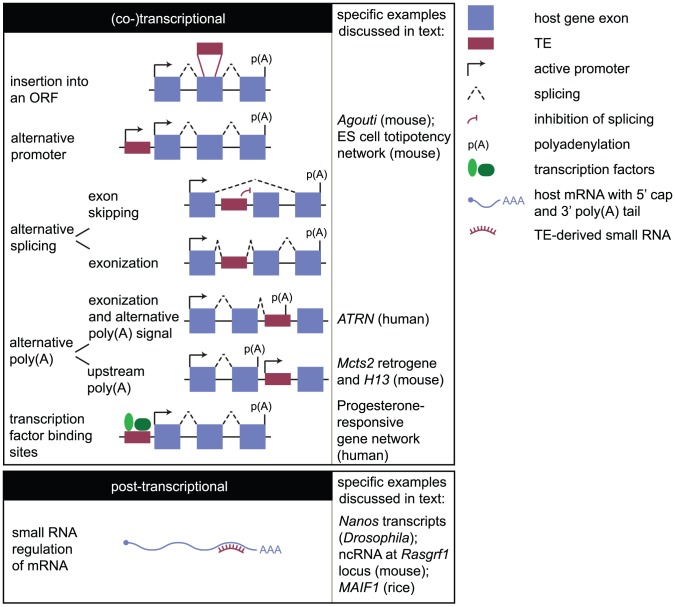Figure 2. How the mobilome can impact the transcriptome.
Impacts on the transcriptome may be considered transcriptional (or co-transcriptional) and posttranscriptional. The former mechanisms include insertion of a TE into an ORF; provision of an alternative promoter that may be tissue- or stage-specific in its activity; promotion of alternative splicing either through prevention of the splicing machinery from recognising a splice acceptor site in an endogenous exon (exon skipping) or through incorporation of the TE into the mature transcript (exonization); promotion of alternative polyadenylation (poly(A)) either by providing an alternative polyadenylation signal or by promoter activity interfering with host gene transcription and causing upstream polyadenylation; and by introducing transcription factor binding sites that may confer tissue- or stage-specific expression, or link a gene into a transcriptional network. Posttranscriptional regulation involves TE-derived small RNAs binding to host transcripts. In the case of Drosophila Nanos transcripts, small RNAs destabilise the transcript by recruiting the deadenylation machinery. In the case of murine Rasgrf1, the binding of small RNAs to an ncRNA associated with one allele results in the recruitment of the de novo methylation machinery to that allele, causing allele-specific Rasgrf1 expression. The events occurring downstream of small RNA binding are therefore diverse and locus-specific.

